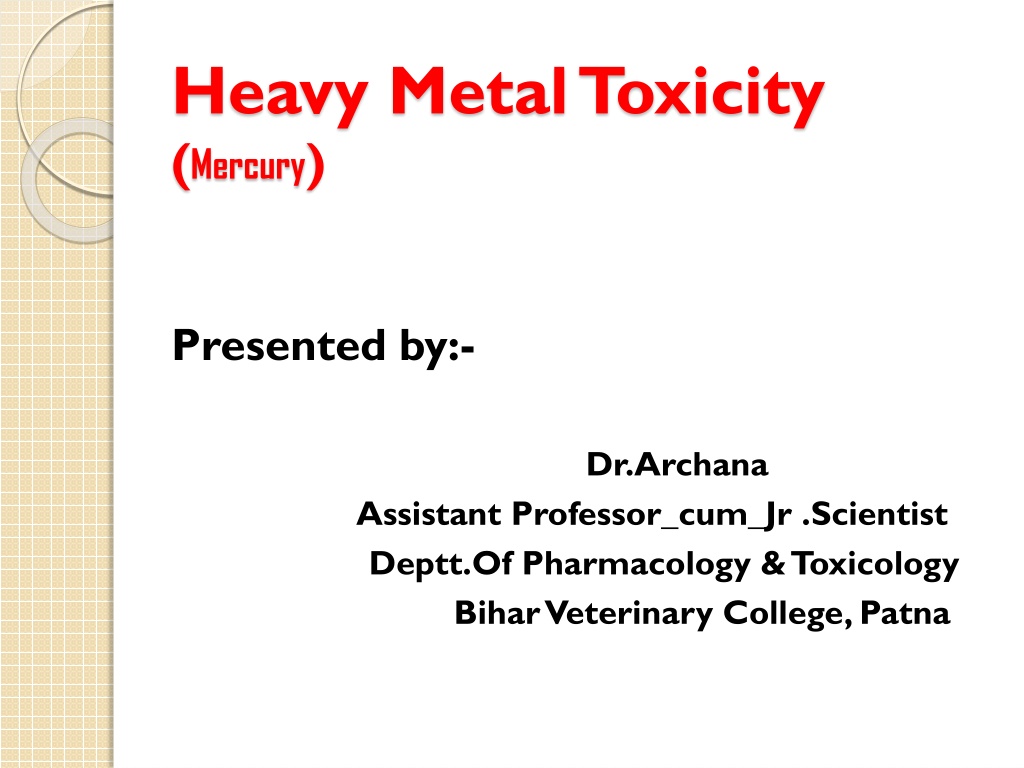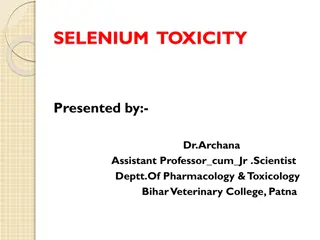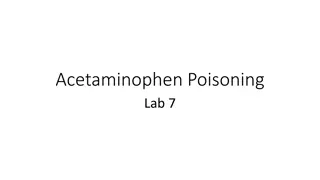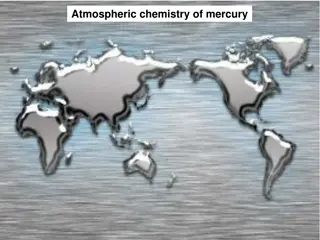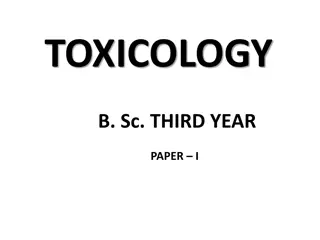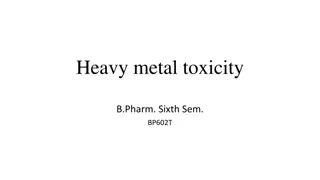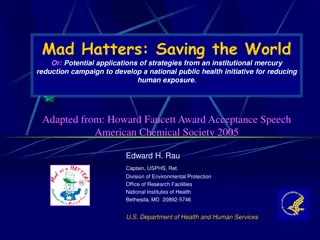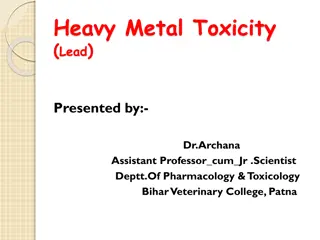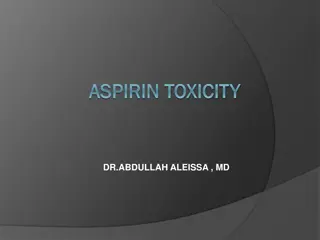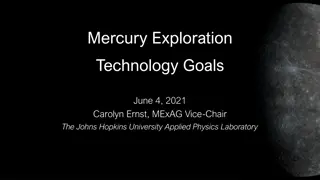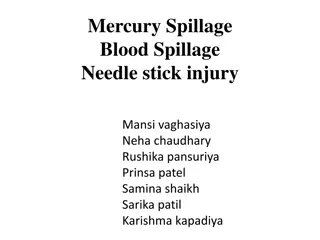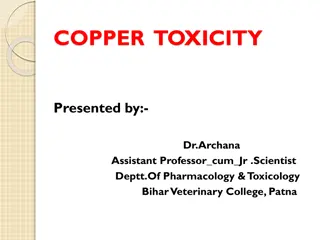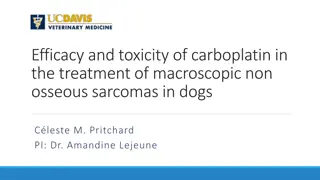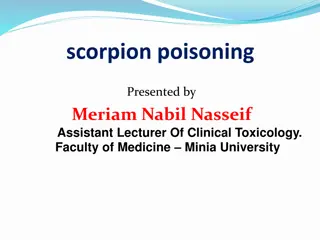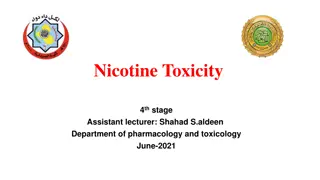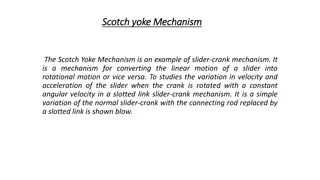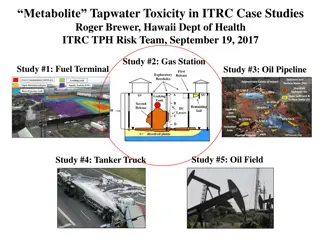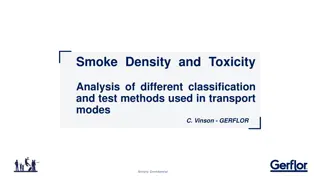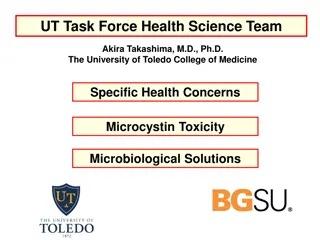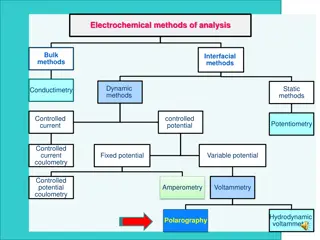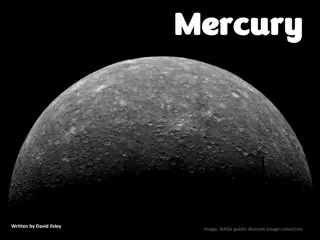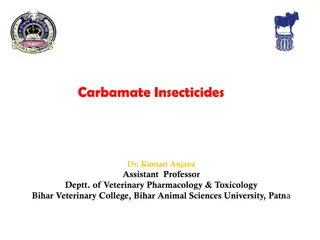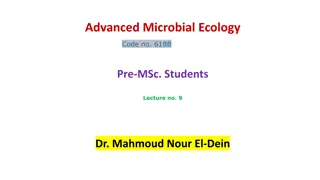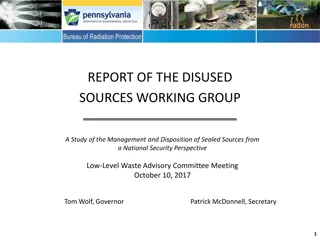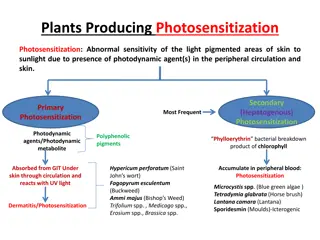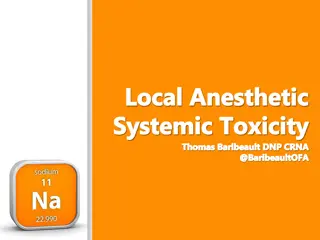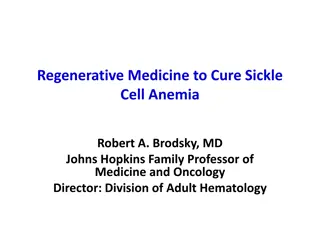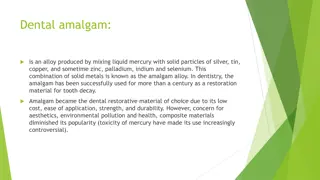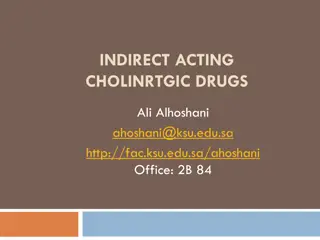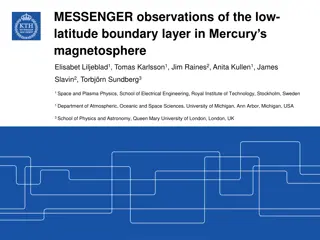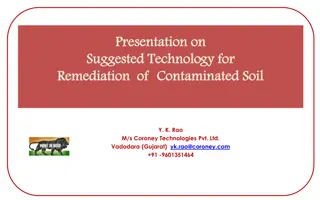Understanding Mercury Toxicity: Sources, Mechanism, and Treatment
Mercury toxicity, a common occurrence in humans and animals, poses serious health risks. This includes exposure from elemental, inorganic, and organic forms of mercury. Methylmercury bioaccumulation in fish can lead to severe health consequences, as seen in past incidents like Minamata disease. Understanding the toxicokinetics of different mercury forms is crucial for effective prevention and treatment strategies.
Download Presentation

Please find below an Image/Link to download the presentation.
The content on the website is provided AS IS for your information and personal use only. It may not be sold, licensed, or shared on other websites without obtaining consent from the author. Download presentation by click this link. If you encounter any issues during the download, it is possible that the publisher has removed the file from their server.
E N D
Presentation Transcript
Heavy Metal Toxicity (Mercury) Presented by:- Dr.Archana Assistant Professor_cum_Jr .Scientist Deptt.Of Pharmacology & Toxicology Bihar Veterinary College, Patna
Content of chapter * Sources * Toxicokinetic * Mechanism of toxicity * Clinical Signs * Treatment
Sources Mercury poisoning is a common occurrence in both human and animal populations. Mercury exists naturally in the environment, and as a result everyone is exposed to very low levels. Aristotle named it Quicksilver . Mercury exists in a variety of chemical forms, including --- Elemental mercury (Thermometers, light bulbs), Inorganic mercurial (Mercuric or Mercurous) Organic mercury (Methyl, or Ethyl).
Continue... * Methylmercury is of particular concern because it can bioaccumulate in certain edible freshwater and saltwater fish As a result, the larger and older fish living in contaminated water build up levels of mercury in their bodies. * The release of methylmercury into an ocean bay (Minamata) in Japan in the 1950s led to a massive health disaster, and the clinical syndrome was named Minamata disease. Thousands of people were poisoned,and hundreds of them had severe brain damage.
Continue... * Methylmercury is of particular concern because it can bioaccumulate in certain edible freshwater and saltwater fish As a result, the larger and older fish living in contaminated water build up levels of mercury in their bodies. * The release of methylmercury into an ocean bay (Minamata) in Japan in the 1950s led to a massive health disaster, and the clinical syndrome was named Minamata disease. Thousands of people were poisoned,and hundreds of them had severe brain damage.
Toxicokinetics :- Elemental mercury( mercury vapour):- It is not particularly toxic when ingested orally snide it is not absorbed through GIT. Accidental spilling of metal in poorly ventilated room often in scientific lab can produce toxic effect in man. The vapour of mercury can cross the cell membrane and is absorb through lung. CNS toxicity is more prevalent after exposure to mercury vapour than to the ingestion of mercury salt.
Continue Inorganic mercury :- Absorption is poor to the extent of 2- 10%. It is distributed non-uniformly after absorption; highest concentration of mercury is found in kidney where it is retained for a long period. Concentartion of mercury are similar in whole blood and placenta. Inorganic mercury do not crosses blood brain barrier. t is excreted via urine and stool.
Continue Organic Mercury :- It is more completely absorbed from the GIT then inorganic form. Intestinal absorption of organic mercury may be as high as 95% of the dose given. It crosses the placental barrier and blood brain barrier hence produce more neurological & teratogenic effect than inorganic form. Major route of excretion is through faeces; they are also readily excreted via urine.
Mechanism of Toxicity Inorganic mercury The biochemical basis of the mechanism of toxicity of mercury is due to its interaction with dithiol group of protein and precipitate it, i.e it interferes with protein metabolism and their corrosive action directly damage the GIT mucosa. It is recorded that about 50 enzymes are inhibited by low concentration of mercuric ion. organic mercury The mechanism of toxicity is similar to that of inorganic mercurial but the toxicity is greater than inorganic mercurial because being high lipid soluble they are * easily absorp through GIT *crosses different cellular membrane * crosses PB & BBB hence causes harmful teratogenic & neurotoxic effects
Clinical signs Inorganic mercury:- Acute mainly the effect GIT & Kidney GIT The symptoms are metallic taste in mouth, abdominal pain, diarrhoea with blood in the faeces leading to dehydration. Kidney Oligoura followed by anuria, albuminuria, and uraemia. Chronic kidney damage is the main symptom. Increase urinary excretion of alkaline phosphatase is found to be sensitive indicator of kidney damage.
Continue.... In man cumulative poisoning due to continued absorption of small amount over a long period leads to profuse salivation, swelling of gums, loosening of gum and teeth and necrosis of jaw bones. These symptoms constitute what is known as mercurial ptyalism
organic mercury The main symptoms are those of nervous disturbances; namely nerve pain, blindness, excitation, abnormal behaviour & chewing, incordination and convulsion. Neurological signs may be irreversible once they develop.
Treatment Specific treatment:- BAL (British anti-lewisite ) @ 3 mg/kg, IM, every 4 hr for the first 2 days, every 6 hr for the third day, and 12 hrly for the next 10 days or until recovery. D-Penicillamine is used as an antidote in the human being. Non-specific treatment:- * Gastric lavage for removal of poison from the GIT. * Administration of proteinous liquid to protect the GIT.
